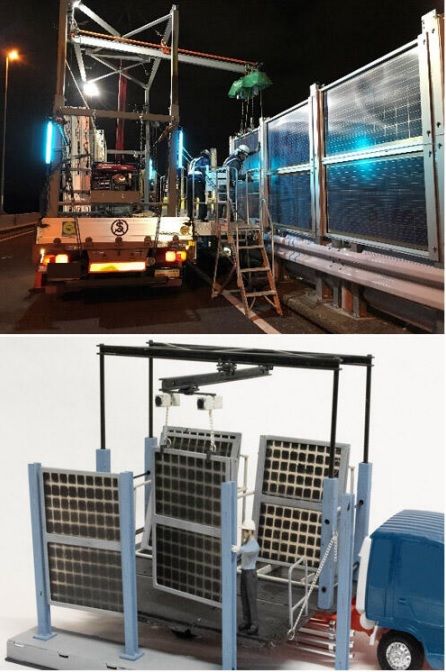2024-01-25 ワシントン州立大学(WSU)
◆透水性舗装の弱さが課題となっており、これに対処するために航空機の翼から得た炭素繊維複合材が使用されている。研究は鮭にとって重要であり、先住民族の文化や鮭を採取する権利にも影響を与える可能性がある。透水性舗装の広範な利用には課題があるが、研究者は今後の試験が必要であると同時に、6PPD-quinoneとタイヤ粒子の管理において有望な方向を示している。
<関連情報>
- https://news.wsu.edu/press-release/2024/01/25/permeable-pavements-could-reduce-coho-killing-tire-pollutants/
- https://www.sciencedirect.com/science/article/pii/S0048969723068638
透水性舗装による雨水中のタイヤ摩耗粒子とタイヤ添加化学物質の軽減 Mitigating tire wear particles and tire additive chemicals in stormwater with permeable pavements
Chelsea J. Mitchell, Anand D. Jayakaran
Science of The Total Environment Available online:7 November 2023
DOI:https://doi.org/10.1016/j.scitotenv.2023.168236
Highlights
•Permeable pavements were studied for their ability to treat tire particles and leachable tire chemicals.
•Permeable pavements retained >96 % of deposited cryomilled tire particle mass.
•Permeable pavements reduced leachable tire chemical mass by 14–100 % but exported NCBA and BTR.
•Mean mass reduction of 6PPDQ by permeable pavements was 68 %.
•Permeable pavements may be a viable strategy for intercepting tire-associated pollution generated on roadways.
Abstract
6PPD-quinone (6PPDQ) is a recently discovered chemical that is acutely toxic to coho salmon (Oncorhynchus kisutch) and can form via environmental exposure of 6PPD, a compound found extensively in tire wear particles (TWPs). TWPs deposited on roads are transported to aquatic ecosystems via stormwater, contributing to microplastic pollution and organic contaminant loads. However, little is known about the fate of TWPs and their leachable contaminants in these systems. We conducted three experiments at a high school in Tacoma, Washington, to quantify the treatment performance of permeable pavement (PP) formulations, a type of green stormwater infrastructure (GSI), for TWPs and ten tire-associated contaminants, including 6PPDQ. The PPs comprised concrete and asphalt, with and without cured carbon fibers, to improve the mechanical properties of PPs. Pavements were artificially dosed and had underdrains to capture effluent. Three experiments were conducted to evaluate PP mitigation of tire-associated pollution using cryomilled tire particles (cTPs). The 1st and 3rd experiments established a baseline for TWPs and contaminants and assessed the potential for continued pollutant release. During experiment 2, cTPs were applied to each pavement. Our results showed that the PPs attenuated >96 % of the deposited cTPs mass. An estimated 52–100 % of potentially leachable 6PPDQ was removed by the PP systems between the influent and effluent sampling stations. Background 6PPDQ concentrations in effluents ranged from 0 to 0.0029 μg/L. Effluent 6PPDQ concentrations were not explained by effluent TWP concentrations in experiments 1 or 2 but were significantly correlated in experiment 3, suggesting that leaching of 6PPDQ from TWPs retained in the pavement was minimal during a subsequent storm. Our results suggest that PPs may be an effective form of GSI for mitigating tire-associated stormwater pollution. The improved strength offered by cured carbon fiber-amended pavements extends PP deployment on high-traffic roadways where tire-associated pollution poses the greatest environmental risk.
Graphical abstract




